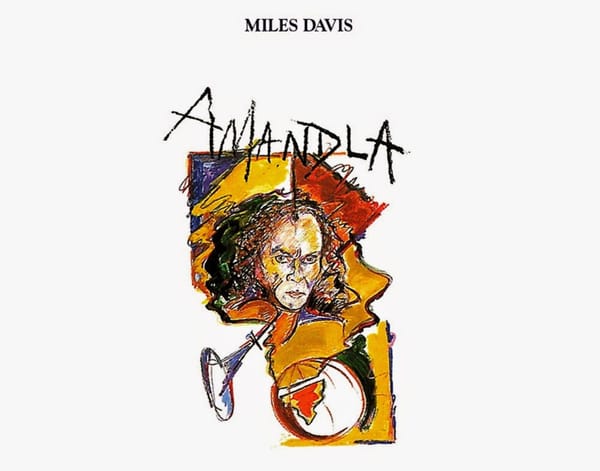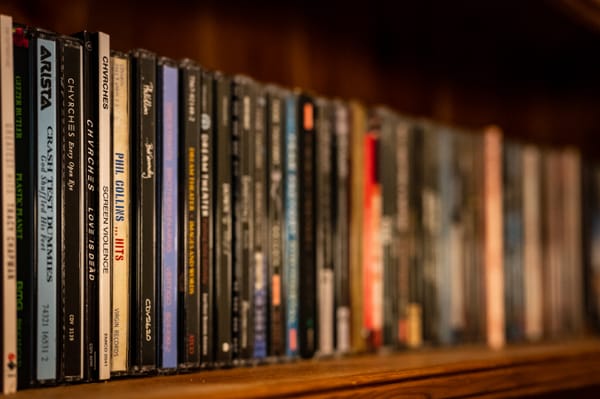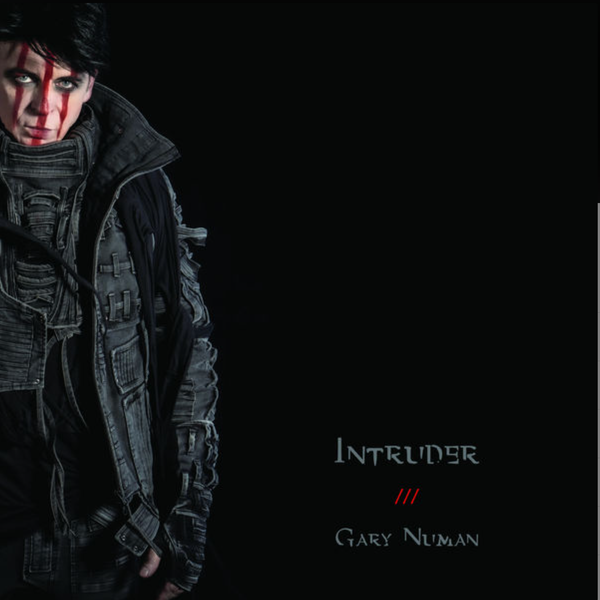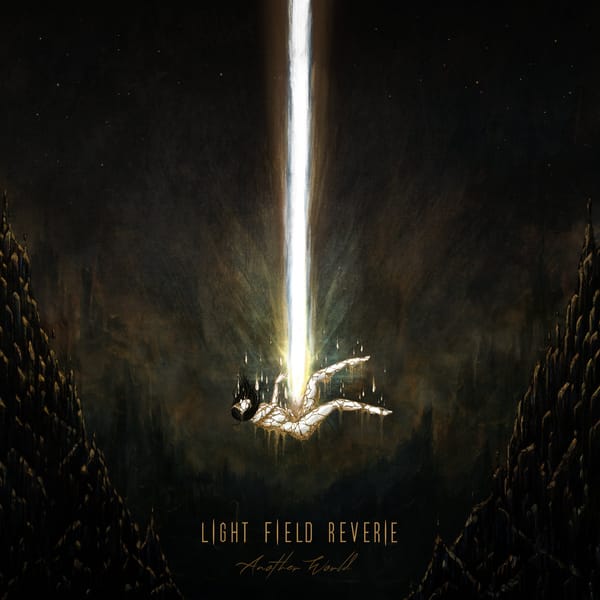Miles Davis - Kind of Blue
Whether he meant to or not, in August 1959 Miles Davis would turn the jazz world on its head. A departure from Davis' usual hard bop fare, Kind of Blue would spice things up with compositions based almost entirely on modes.
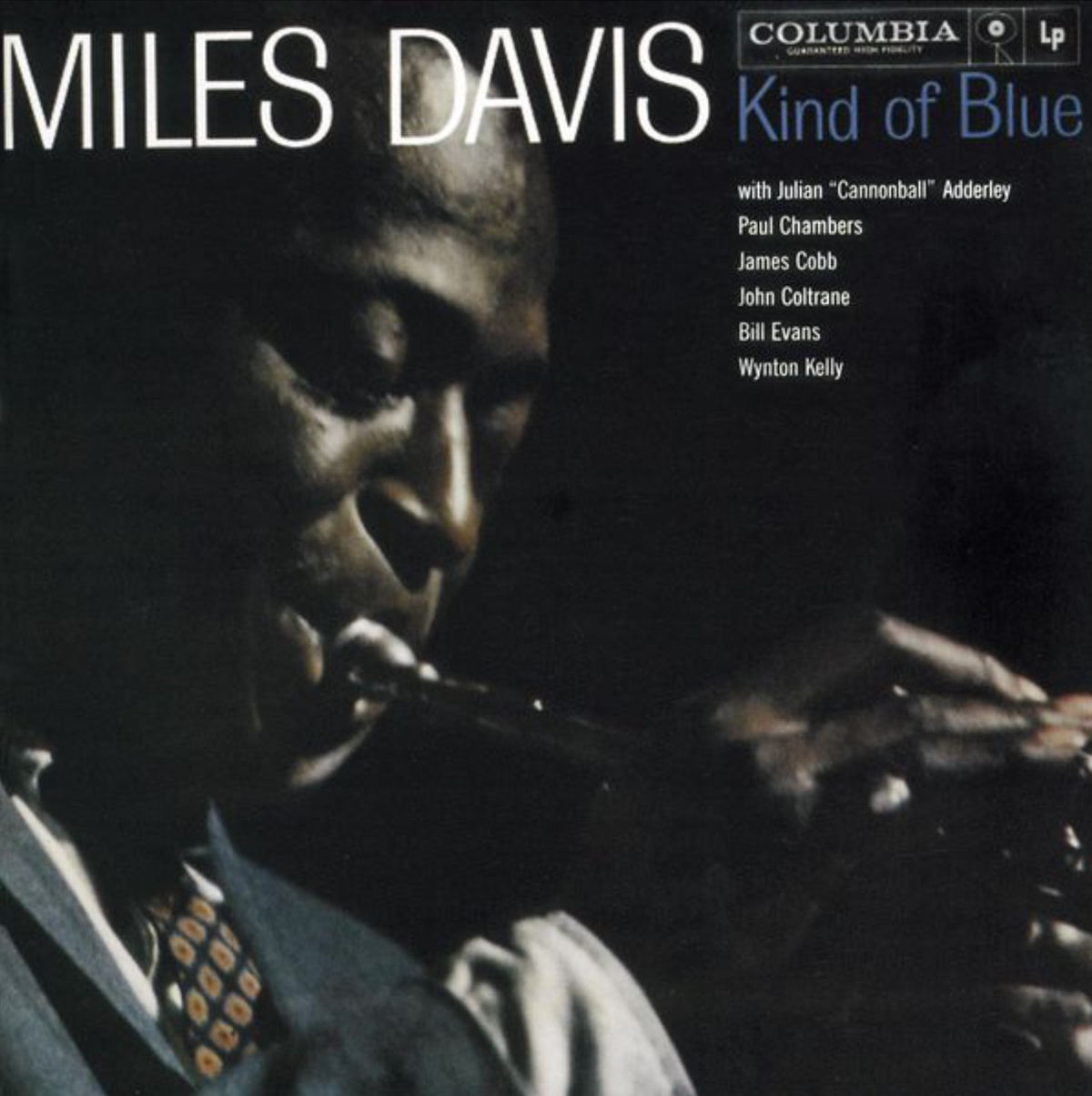
Whether he meant to or not, in August 1959 Miles Davis would turn the jazz world on its head.
A departure from Davis' usual hard bop fare, Kind of Blue would spice things up with compositions based almost entirely on modes.
Modal Jazz
I figure this would make a little more sense if we get ourselves an understanding of what scales and modes are.
If you've ever spent any time trying to learn an instrument, be that a guitar, a saxophone or even the dreaded recorder, you'll have no doubt spent an ungodly amount of time practicing scales. Veterans of blues and rock & roll will be intimately familiar with the Pentatonic minor scale. It is what all the greatest rock and blues guitar solos follow.
However, there are both minor and major versions of these scales. The part I've often struggled to get my weary head around is what happens if you swap around some of the notes in these scales for a different mood.
As it turns out, there are seven modes with each one offering a different mood. These are the Ionian, Dorian, Phrygian, Lydian, Mixolydian, Aeolian, and Locrian. We won't get too deeply into the weeds here, it's late and it has been a long, long day. Yiping Su does a far better job of explaining these than I.
Miles would give the members of his band a set of modes with which to base their improvisations around. Now, Miles was not one for getting bogged down in rehearsals. His band once assembled were given some brief instructions before starting the tape.
In my younger years at rehearsals with my band, had we taken the same approach it would likely have led to disaster, but Miles had assembled a group of musicians who would each become legends in their own right – John Coltrane, Julian "Cannonball" Adderley, Bill Evans, Paul Chambers and Jimmy Cobb.
Kind of Blue opens with the enigmatic 'So What'. The key jumps around between E flat and D, but is in the Dorian mode. In most of the recordings I've had the pleasure of listening to there's an ever-so-slight clipping of Miles' trumpet as it enters with the tune's most memorable phrase.
At first I thought it was a rattle from Jimmy's snare being picked up by the mic, but it is the sole blemish on an otherwise remarkable production. Donning a pair of headphones you can almost visualise each musician as they lay down their parts. Miles is dead centre in the mix; Bill's way over on the left with the piano; Cobb is panned to the right. Coltrane is standing somewhere between Davis and Bill. Chambers on double bass is comfortably filling both channels.
Freddie Freeloader is up next, maintaining a similar upbeat tempo to So What, before things slow down substantially with a personal favourite in Blue in Green. Bill Evans lays down a line on the piano that wouldn't sound out of place in a hotel lobby in 2024, whilst Paul Chambers fills the bass registers to allow Davis and Coltrane to solo over the top. Truth be told, it is the song that started me on this jazz thing. It is a thing of beauty.
All Blues picks the pace back up again, apparently in G Mixolydian and featuring both John Coltrane and Cannonball Adderley on saxophone, with taking up a different channel in the mix. Here Jimmy Cobb drives the tune forward with perhaps the driest ride cymbal I've heard in years. The final track Flamenco Sketches brings proceedings to a more contemplative mood, in some ways recapturing the mood of Blue in Green.
Lightning in a bottle
When you put a group of geniuses into a recording studio with little preparation and only a few rules to follow, you are really hoping for magic to happen. We are incredibly fortunate that in the Spring of 1959 the stars aligned and produced one of the finest jazz albums that has ever been.
As someone who didn't really go for jazz until fairly recently, it opened my eyes to a whole other world that I needed to explore. Through the Reed & Pickup my aim is to make up for lost time, get slightly outside my comfort zone and document the vast catalogue jazz records old and new.
Oh boy, there's so much of it.
